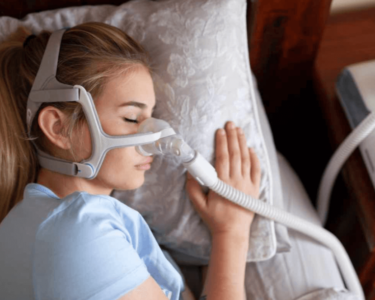Amblyopia, or lazy eye, is a common cause of vision problems in children, affecting around 2-3% of people. It happens when one eye doesn’t develop normal vision in early childhood, often due to issues like misaligned eyes (strabismus), vision prescription differences, or cataracts at birth. Diagnosing and treating lazy eye early is key to improving vision. New technology is bringing fresh ways to treat lazy eye, but it’s important to see how these new methods work with traditional treatments and to understand any challenges they might bring.
Understanding Lazy Eye (Amblyopia)
Lazy eye, or amblyopia, is a vision condition where one eye doesn’t develop normal sight, often due to poor alignment or a significant difference in prescription between the eyes. This causes the brain to favor the stronger eye, leading to weaker vision in the affected eye. Symptoms include blurry or poor depth perception and may cause issues with eye coordination. Lazy eye typically appears in childhood, but it can affect adults if untreated. Traditional treatments include eye patches worn over the stronger eye to strengthen the weaker one, corrective glasses to balance vision, and eye exercises to improve focus and coordination.
How Technology is Changing Lazy Eye Treatment
- Overview of Digital Tools
Digital tools like apps, virtual reality (VR), and interactive games are transforming lazy eye treatment by making exercises engaging and effective. These tools provide visual stimulation and activities that encourage the weaker eye to work harder. By involving patients in digital exercises, treatment becomes more enjoyable and accessible, which can lead to better results. - Improved Eye Exercises
Technology has made eye exercises more interactive, with games and challenges that keep the patient’s attention. By focusing on the weaker eye, these tools improve vision by training it to focus and coordinate with the stronger eye, often speeding up the treatment process. - Virtual Reality (VR) Therapy
VR therapy is a newer approach for lazy eye treatment. Patients wear VR headsets and engage in immersive activities that stimulate the weaker eye. VR games are designed to balance eye coordination and help the eyes work together, allowing the patient to improve depth perception and focus enjoyably. - Mobile Apps and Games
Several apps and games have been developed to treat lazy eye. Popular ones include Vivid Vision, which offers VR-based exercises, and AmblyoPlay, an app that combines exercises and games tailored to lazy eye treatment. These mobile tools make therapy easy and accessible at home, encouraging consistency and faster progress for patients.
Benefits of Using Technology for Lazy Eye
1. Keeping Patients Interested and Engaged
Using games and virtual reality (VR) makes lazy eye treatment more fun and enjoyable. Kids and adults are more likely to keep up with their treatment when it feels like a game. These tools turn eye exercises into activities that don’t feel like hard work, helping patients stick with their therapy, which is important for seeing progress.
2. Better Results with Less Discomfort
Technology-based treatments often work faster and more effectively than traditional methods. Old treatments like eye patches can feel uncomfortable and take time to show results. But VR and special games can help strengthen the weaker eye without causing discomfort. This approach often leads to better results in less time, providing a good alternative to traditional methods.
3. Easy and Convenient to Use
With mobile technology, patients can do their eye exercises at home or wherever they are, without needing to visit a doctor often. This makes it easy to fit treatment into daily life, increasing the chances of improvement. Patients and families save time and effort while still getting effective treatment.
Challenges and Limitations of Technology in Lazy Eye Treatment
- Screen Time Concerns: Discuss the balance needed to avoid excessive screen time, especially for young children.
- Access and Affordability: Note the cost of advanced treatments like VR and the importance of making these accessible to all.
- Potential Over-Reliance on Technology: Emphasize that tech tools should support, not replace, professional medical advice.
Future Possibilities in Technology for Lazy Eye
- Advances in VR and Augmented Reality (AR): Predict future developments in immersive tech to enhance lazy eye treatment.
- Artificial Intelligence (AI) and Machine Learning: Explore how AI could personalize treatments and track progress.
- Remote Eye Therapy: Consider how telemedicine might offer remote guidance and support for patients at home.
Conclusion



